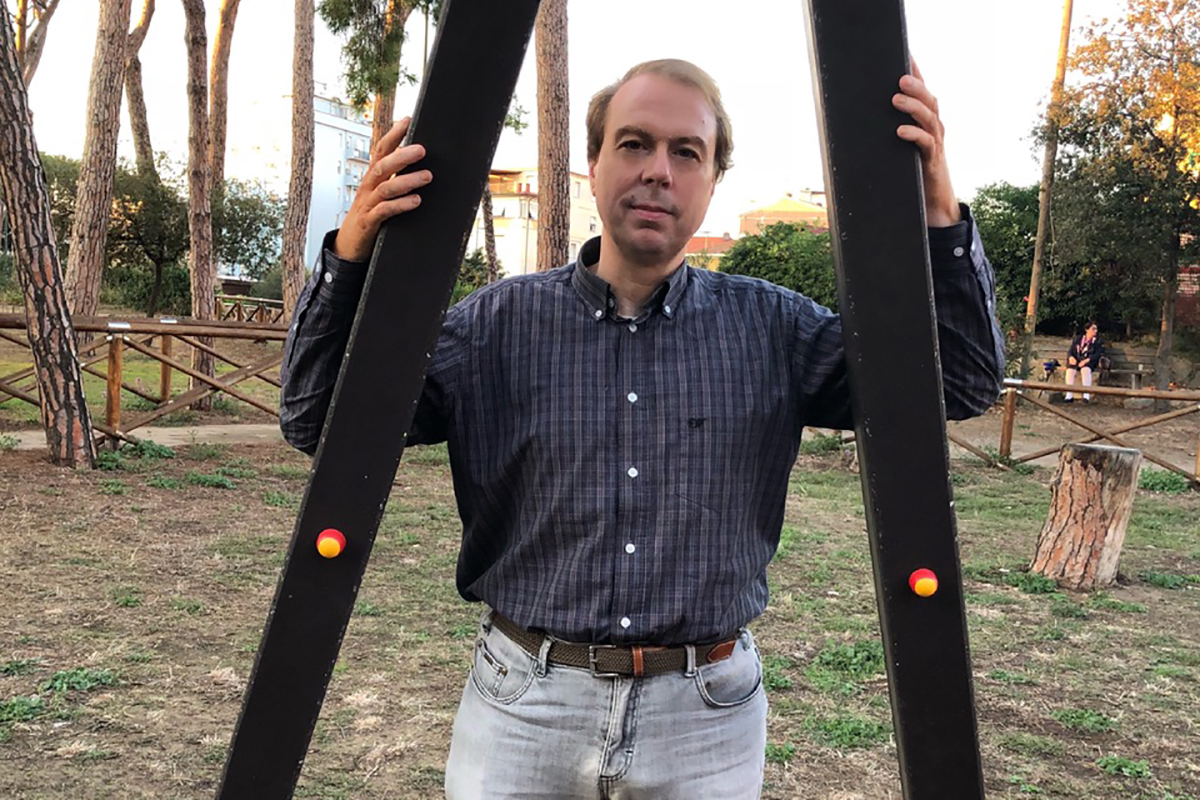Alessandro Strumia
Alessandro Strumia: Another Politically-Correct Witch-Hunt, or a More Complicated Story?
Hossenfelder—who believes women in science are still held back by sexist cultural biases but also opposes preferential treatment as a shortcut to equality—is a welcome exception.

In recent and even not-so-recent years, the quest for gender balance in science and technology has taken some troubling turns—from the collection of male scalps over trifling offenses (such as the pillorying of British physicist Matt Taylor over a shirt adorned with comic-book-style scantily-clad babes) to the squelching of dissent on whether gender gaps in STEM are caused solely by discrimination (heresy that got software engineer James Damore fired from Google two years ago and cost Lawrence Summers his post as Harvard president in 2005). In this climate, it’s easy to see another “politically correct” witch-hunt in the recent drama surrounding Italian physicist Alessandro Strumia. Last month, CERN, the European Organization for Nuclear Research, elected not to extend Strumia’s guest professorship after previously suspending him over a controversial presentation at a CERN gender diversity workshop in September 2018.
From the start, the Strumia scandal elicited warnings about an orthodoxy that disallows questioning claims of pervasive anti-female discrimination in science. In a recent article in the French weekly Le Point (reprinted in translation in Quillette), science journalist Peggy Sastre describes Strumia as the latest victim of “the enforcers of contemporary moral orthodoxy,” even comparing him to Galileo—like Strumia, a professor at the University of Pisa. Strumia’s own article in Quillette argues that the reaction to his talk exemplifies the triumph of ideology and identity politics over scientific objectivity.
The anti-Strumia backlash is certainly a cause of concern. But the story in this case is more complex than the “political correctness gone mad” narrative, and includes some facts that are missing from both Sastre’s and Strumia’s accounts. And, given those facts, the rights and wrongs are not so easy to sort out.





